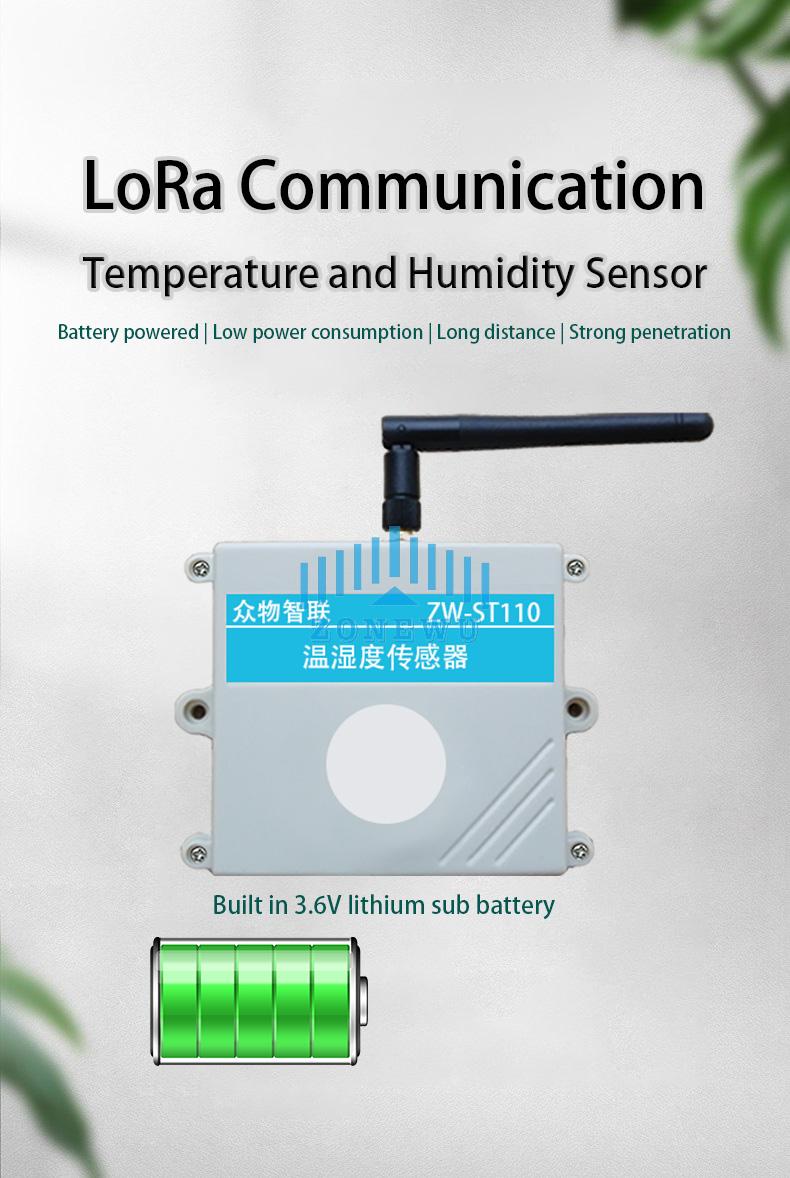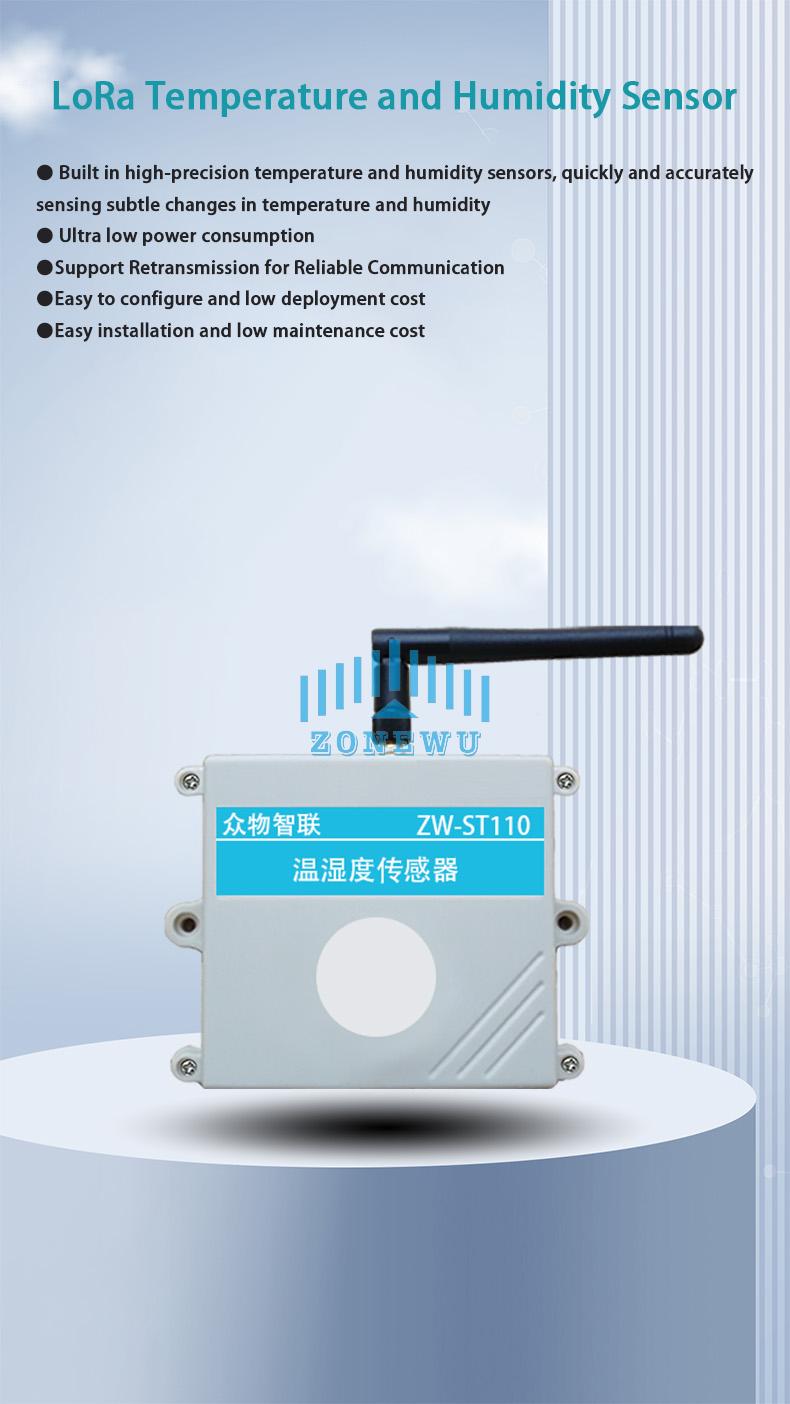· Emission power impact: Usually, to achieve further transmission distance, LoRaWAN temperature and humidity sensors need to increase the transmission power. The greater the transmitting power, the farther the signal travels, but the power consumption increases. For example, some sensors can reach a transmission distance of several kilometers at the maximum transmission power, but the power consumption is relatively high; while the transmission distance is reduced and the power consumption is reduced by 14.
· Rider frequency factor and other parameters: the spreading frequency factor is another important factor affecting the transmission distance and power consumption. Higher spread frequency factor can increase the anti-interference ability and transmission distance of the signal, but also can lead to longer transmission time, thus increasing the power consumption. Because with the same amount of data, the larger the expfrequency factor, the longer the transmission time it takes, the longer the sensor works, and the more energy is consumed.
· Adaptive adjustment: In order to balance the transmission distance and power consumption, adaptive data rate (ADR) and other technologies can be used. ADR can automatically adjust the spread frequency factor, transmitting power and other parameters according to the network conditions and signal quality, and reduce the power consumption as far as possible on the premise of ensuring reliable transmission. When the distance between the sensor and the gateway is close and the signal quality is good, the transmission power and spread frequency factor are reduced to reduce the power consumption; when the distance is disturbed, the transmission power and spread frequency factor are appropriately increased to ensure the accurate data transmission.
· Dormant mechanism: LoRaWAN Temperature and humidity sensors are usually equipped with dormancy mechanism. When data transmission is not required, the sensor goes dormant and the power consumption is extremely low. By setting the dormancy time and wake up cycle reasonably, the average power consumption can be minimized while meeting the requirements of data acquisition and transmission. For example, for some application scenarios that do not require much real-time, the acquisition and transmission cycle of the sensor can be set long to leaving the sensor dormant most of the time, thus effectively extending battery life


Contact: Qui
Phone: 18146178586
Tel: 18146178586
Email: qui@zonewu.com
Add: 1501-3, Building F03, Phase III, Software Park, Jimei District, Xiamen City, Fujian Province, China
